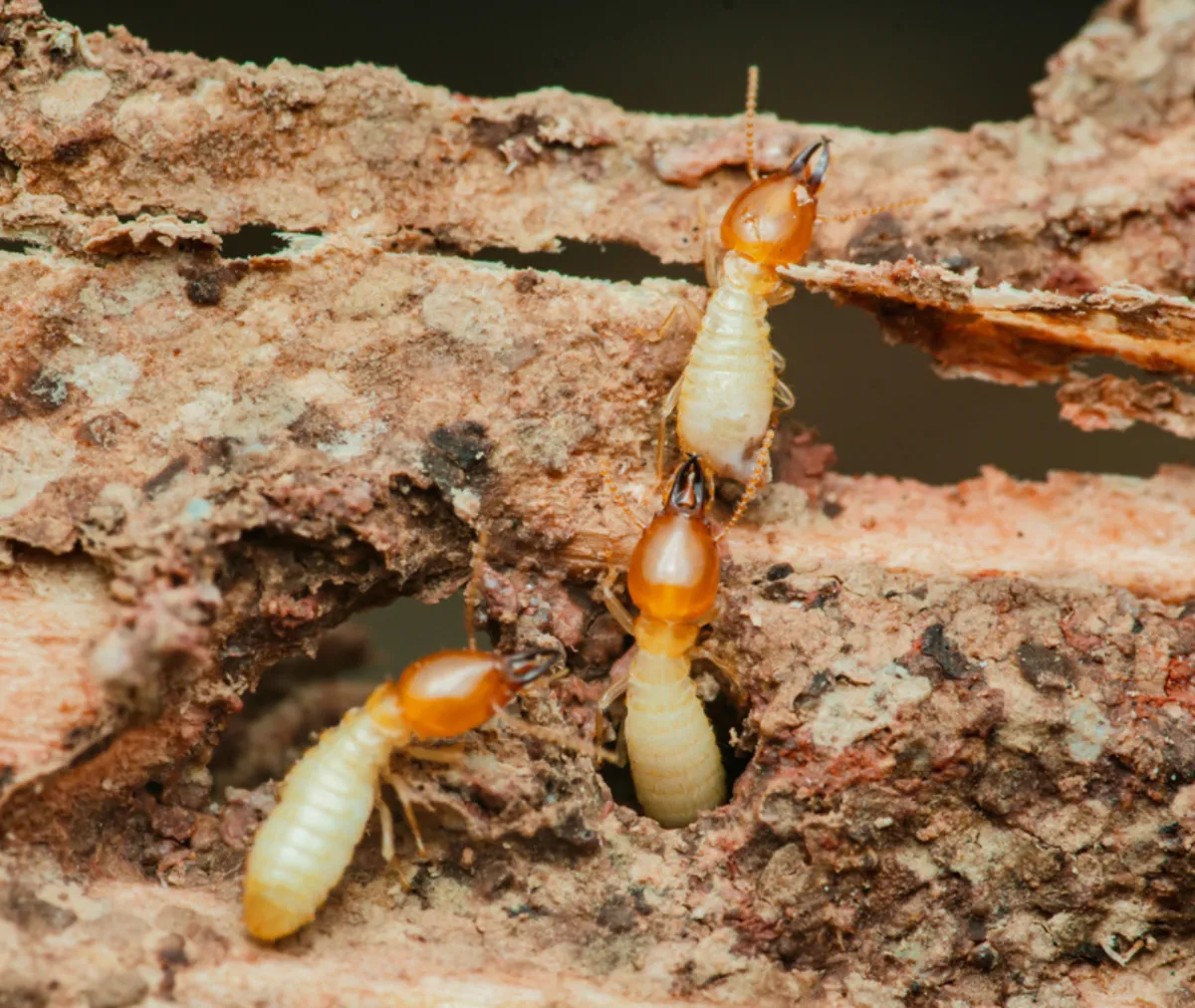
Termite Infestations: How to Prevent Structural Damage Before It Starts
Worried about termites damaging your home or business? You should be. Termites cause over $5 billion in property damage annually—and most insurance policies don’t cover it. The key to avoiding costly repairs is stopping the infestation before it starts.
Here’s how to prevent termite damage early and effectively:
1. Eliminate Wood-to-Soil Contact
Termites thrive where wood touches the ground.
Avoid placing wood siding, lattice, or trim directly against soil
Keep wooden structures like decks or steps raised
Use concrete or steel barriers between soil and wood
Reducing access to wood helps block termite entry points.
2. Fix Leaks and Control Moisture
Moisture attracts termites—and helps them survive.
Repair leaking pipes, faucets, and gutters
Ensure your crawl space and attic are dry and well-ventilated
Divert downspouts away from your foundation
Consider a dehumidifier in basements or damp areas
Dry conditions make your structure less hospitable to termites.
3. Schedule Annual Termite Inspections
Professional inspections catch infestations early.
A licensed pest control technician can spot hidden signs of activity
Annual inspections help detect vulnerable areas before termites spread
You’ll get expert advice on prevention based on your property layout
Routine inspections are an affordable way to avoid major damage later.
4. Watch for Early Warning Signs
Don’t ignore these common termite indicators:
Mud tubes on walls or foundations
Hollow-sounding wood when tapped
Swarmers (winged termites) near windows or lights
Discarded wings or droppings that resemble sawdust
Bubbling or uneven paint
If you spot these, call a professional immediately for a full inspection.
5. Store Firewood and Debris Away from Your Building
Wood piles near your home are termite magnets.
Store firewood at least 20 feet away from the building
Keep it off the ground using racks or pallets
Remove tree stumps, mulch buildup, and wood debris from your yard
Limiting food sources near your structure reduces your risk.
6. Seal Entry Points Around the Foundation
Termites can enter through even the smallest gaps.
Seal foundation cracks and utility line openings
Use steel mesh or sand barriers where needed
Install vent screens to keep termites out of crawl spaces
Sealing up entryways stops termites from gaining access in the first place.
7. Consider Preventive Treatments
Modern termite prevention is safer and more effective than ever.
Soil treatments create long-lasting chemical barriers
Bait systems draw termites away and eliminate colonies
Wood treatments make materials less appealing to termites
Ask a pest control expert which method fits your home or business best.
Why Early Termite Prevention Matters in 2025
With weather patterns shifting and wood-frame construction still common, termite risk continues to grow—especially in warm and humid climates. In 2025, smart homeowners and facility managers are prioritizing preventive care to protect their investments, rather than waiting for visible damage.
Waiting too long can lead to:
Costly structural repairs
Health risks from mold or moisture damage
Lost property value
Failed inspections during resale
Final Thought: Take Action Before the Damage is Done
Termites are silent destroyers. By the time you see damage, they may have been active for months or even years. That’s why the best defense is a proactive one.
Ready to Protect Your Property?
Contact your local termite control specialist today for an inspection and prevention plan. Early action is the smartest way to save money—and your home.